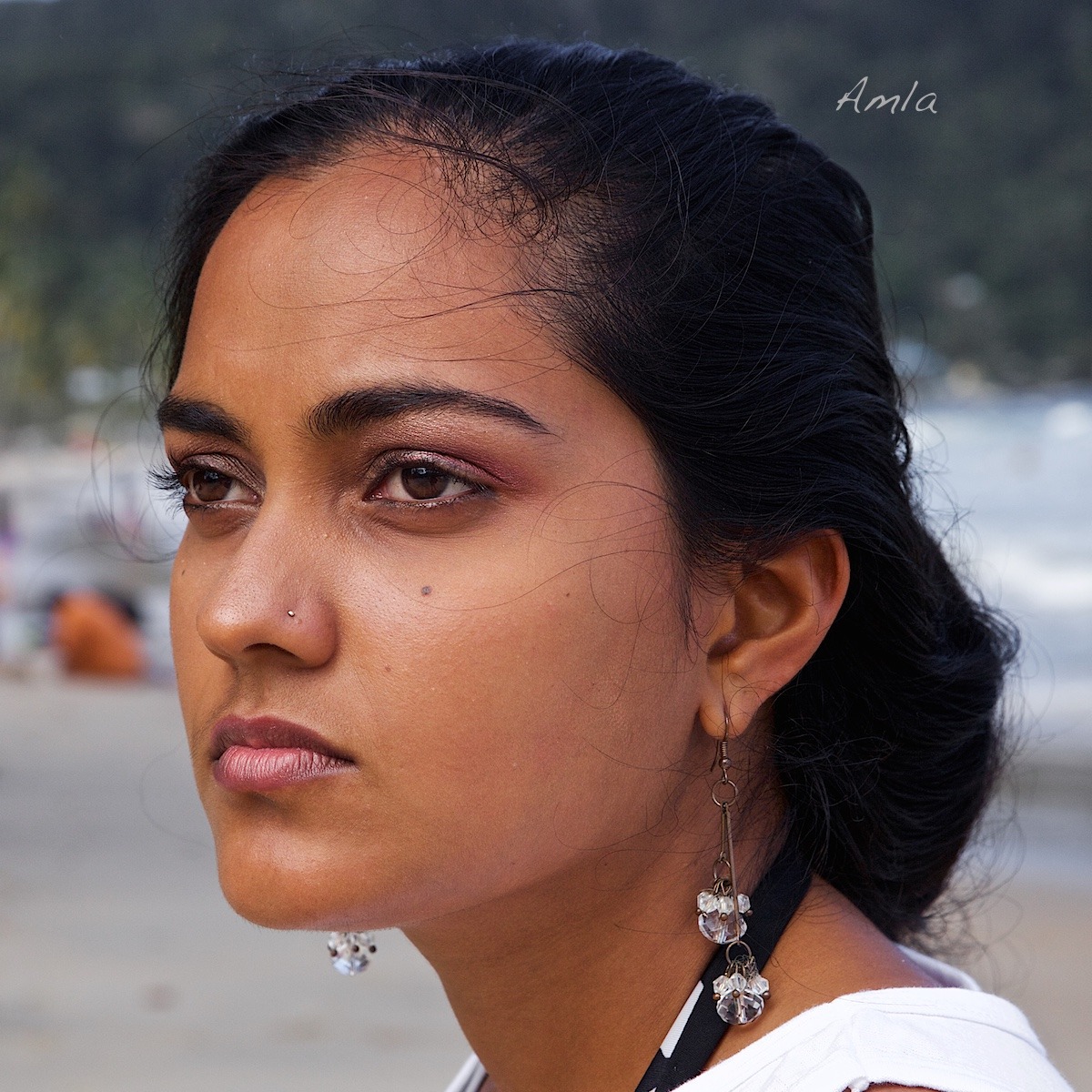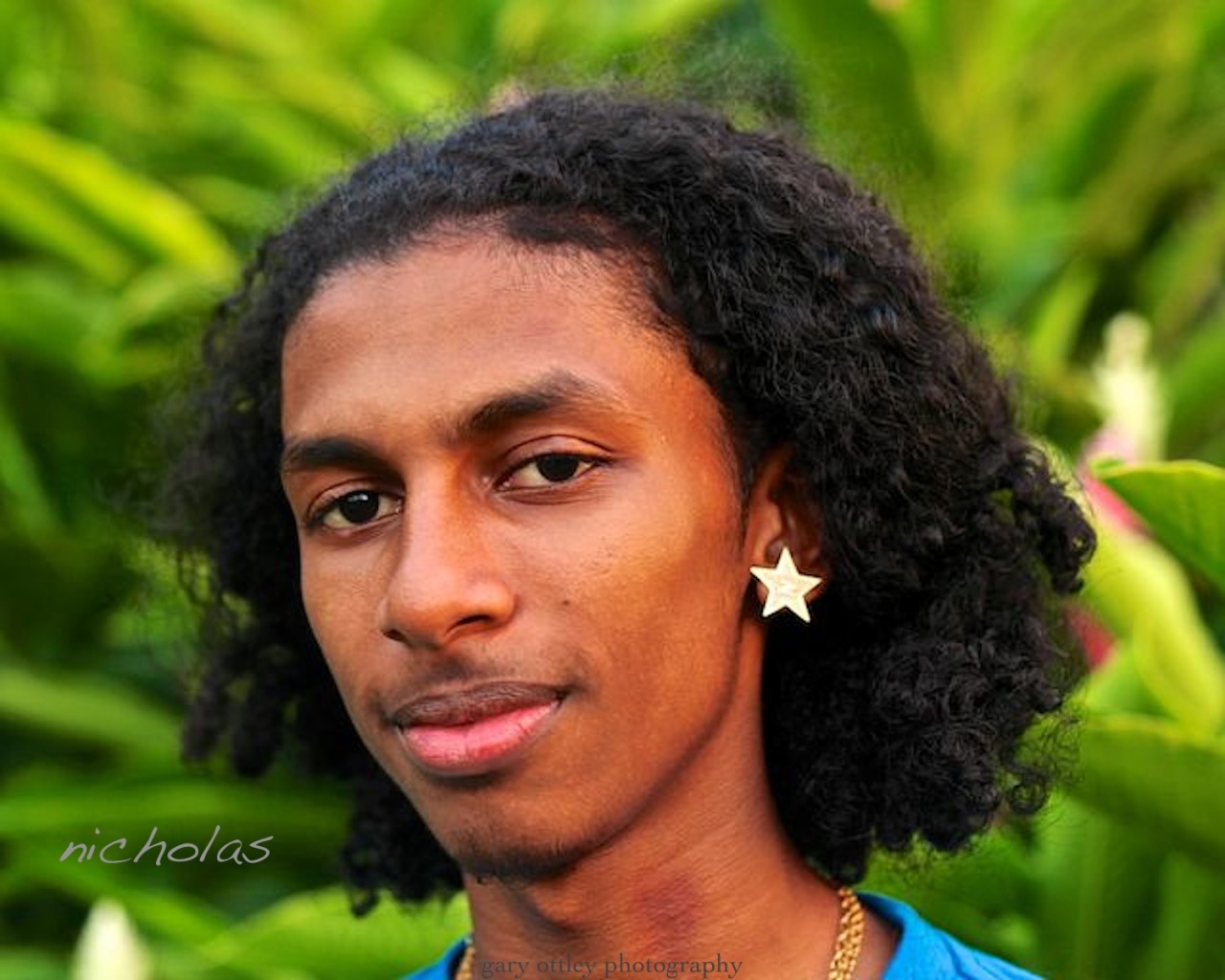Post by Dominicanese on Nov 28, 2017 15:31:50 GMT
Trinidad & Tobago.

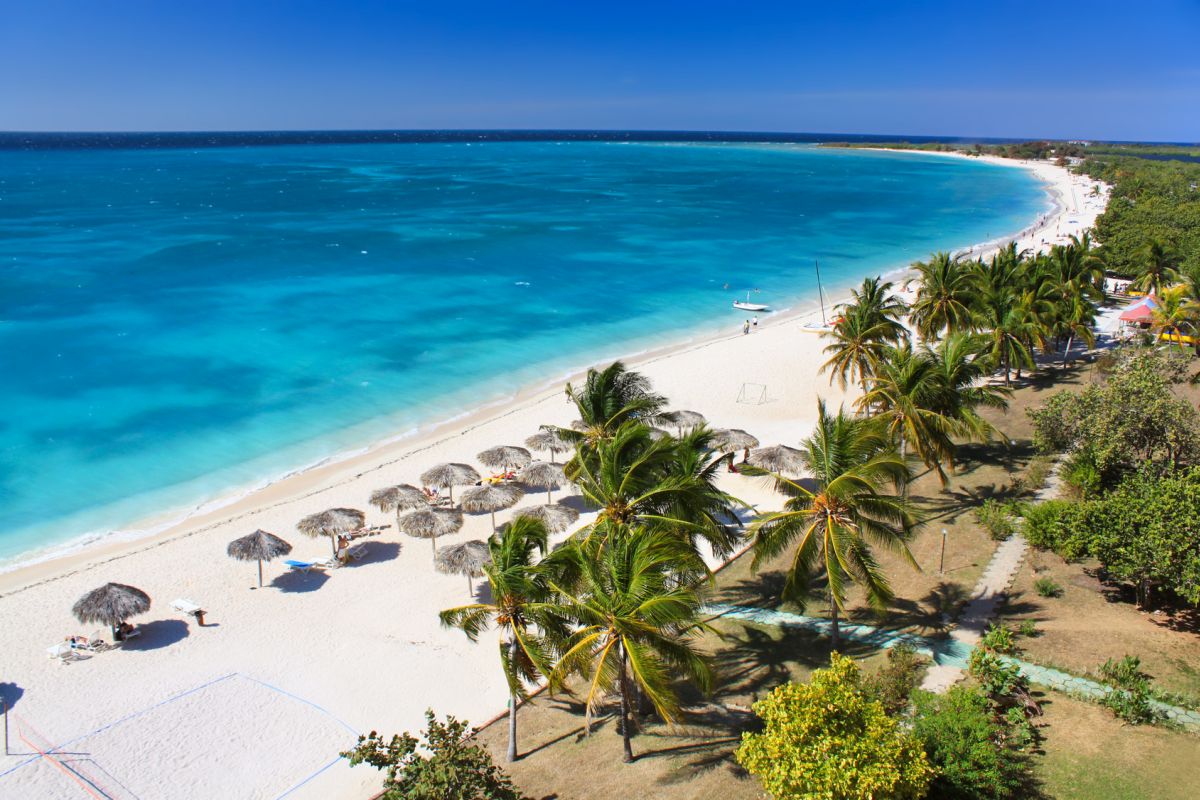


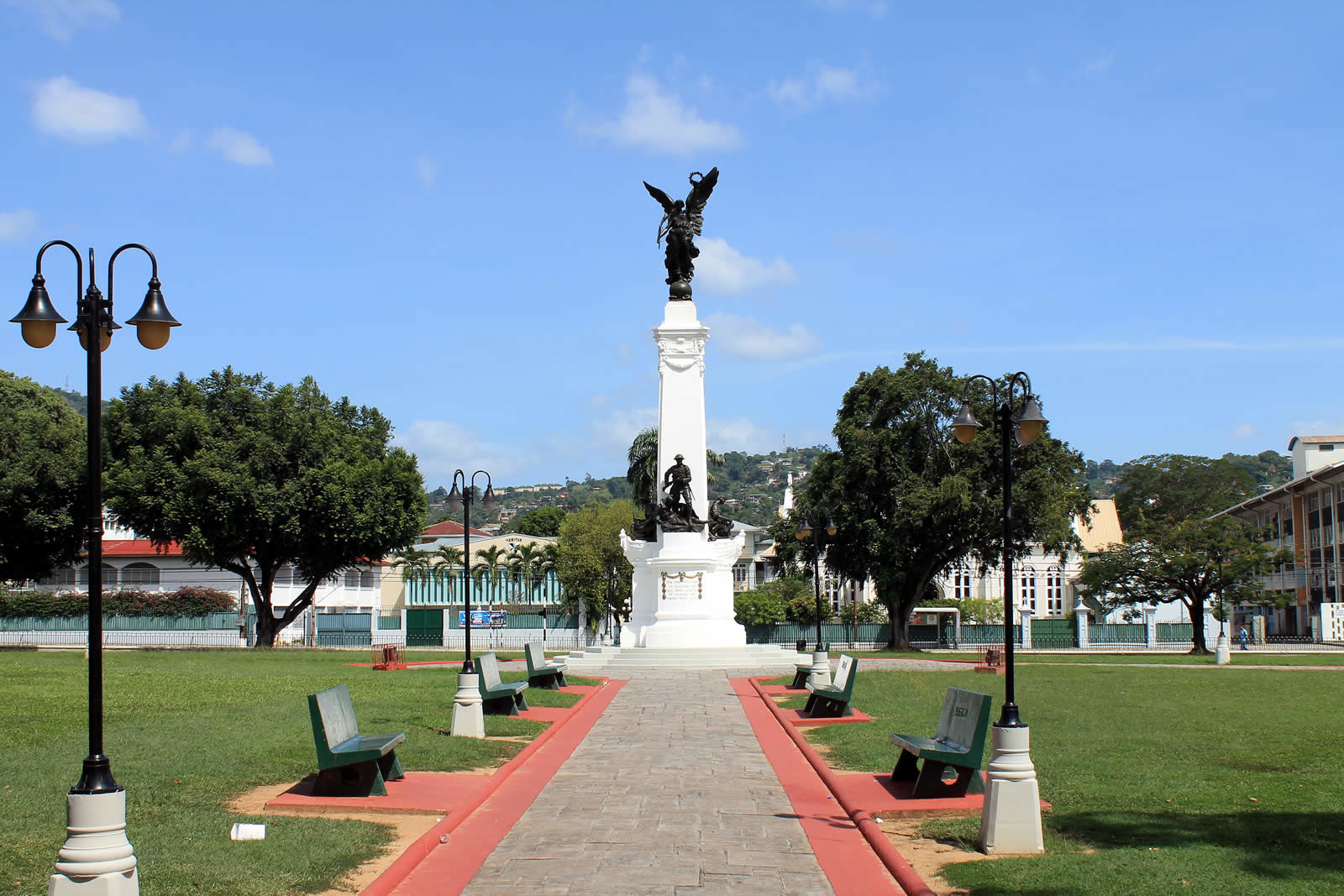






Culture:
The culture of Trinidad and Tobago reflects the influence of Indian, European, Spanish (Hispanic or Latino), Jewish, Arab, and African cultures. The histories of Trinidad and Tobago are different.There are differences in the cultural influences which have shaped each island.Trinidad and Tobago is an English-speaking country with strong links to the United Kingdom.
Cuisine:
Trinidad Tobago has a various and complex cuisine. Knowing its cuisine one can have a deep insight into the country’s culture, people and its life style. Trinbagonian people are well known as being good judges of a great studgy meal. Over the time Trinidad Tobago cuisine felt many influences most of them are kept till nowadays. Spanish flavors and ingredients can still be tasted in many dishes prepared in this country such as Creole dish or Pelau dish, a genius combination of peas, rice and meat. Other influences came from the African slaves who left their mark over Trinidad Tobago cuisine by adding different types of roots and vegetables such as dasheen or Yams into their diet recipes. And finally another memorable impact over Trinidad Tobago cuisine had the East Indian peoples who brought all kind of spices and the Chinese food. So the different flavors and influences that exist in this cuisine will amaze anyone who decides to taste the complex cuisine of Trinidad Tobago.

If one has the unique chance of knowing Trinidad Tobago’s cuisine will be surprised how many things it can learn about this country’s culture, people and traditions. Nowadays, restaurant business in Trinidad Tobago is blooming becoming something more like a business card of the country and getting satisfied many tourists during their staying there. Besides big restaurants you can find all over the country local fast food chains, but international chains also. Due to a multiethnic society Trinidad Tobago’s gastronomy is in many ways unique. Starting with the influences brought on this land by the Amerindian peoples and continuing with all the immigrants that followed them, Trinidad Tobago’s cuisine changed and evolved becoming this way unique in the world and very fascinating. Besides the traditional food that you can find it every where such as Bacon, eggs or toast, there are many dishes made after special recipes and in ingenious ways. They usually have some of the finest flavors and exotic names like Buljol, which is a great dish to start your morning with. Besides that, while in a restaurant you can always ask for a Double, but you have to know that ordering this dish doesn’t mean u will get two. Another famous dish made by people from Trinidad Tobago is called Creole, a fantastic mixture of stewed peas, rice, meat that forms a perfect lunch along with some macaroni pie.

Trinidad Tobago cuisine uses elements from various cooking traditions borrowed from their neighbors and developed from their own traditional dishes. While there are no specific or unique preparation methods for Trinidad Tobago cooking, we should point out that attention to detail is important in the Trinidad Tobago cuisine. Using the right amount of spices for example is essential – either for spicing up the taste or for coloring the dish. The diversity of vegetables and cereals found in Trinidad Tobago is also noticed in the delicious dishes belonging to their cuisine. The visual attractiveness of the dish is also important, and a balance between colors and proportion differentiates. Each traditional dish has a special cooking method, which is more or less general in all of Trinidad Tobago’s regions. Meat is one of the main elements of most Trinidad Tobago dishes and cured and smoked hams are often parts of delicious dishes.

Some of the most used tools in the Trinidad Tobago kitchen are cake pans, can openers, colanders, egg rings, poachers and holders, food dishers & portioners, food pans & food containers. Besides that chef’s all over the country prepare great meals using all kind of different tools such as food scales, food scoops and fryer baskets & accessories. This way, Trinidad Tobago cuisine needs a diverse cooking equipment set in order to produce the most sophisticated Trinidad Tobago dishes. You should consider insulated food carriers if you are transporting the food and a full set of kitchen linens and uniforms if you wish to look like a pro. Here are a few other items that will come handy while cooking Trinidad Tobago food: juicers, kitchen knives, kitchen slicers, kitchen thermometers, measuring cups & measuring spoons, miscellaneous utensils, mixing bowls and skimmers & strainers. Essential utensils like serving spoons, spatulas, forks, turners, scrapers and tongs should also be part of your cooking "arsenal".
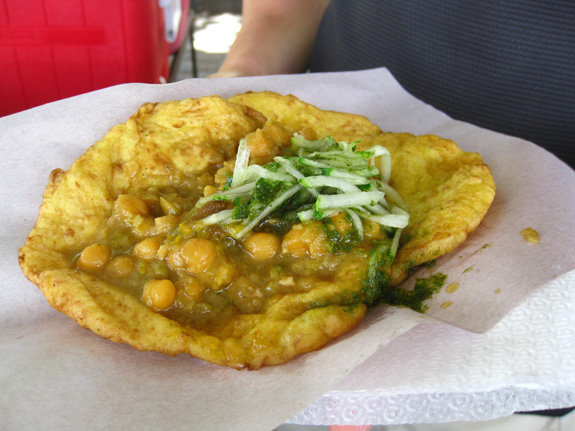
Trinidad Tobago is a country where people of many ethnic origins live in peace and harmony. Often, while walking on the street, you may find a Hindu temple next to a Moslem Mosque or a Christian church. Due to the great variety of religions this country has many festivals where food is staple for celebration. One will always find during any festival a great variety of dishes resulted by mixing flavors from Latin America, or with East Indian, Arabic, Italian, Asian or French background. Sometimes food exhibitions are taken place during these festivals. Still some of the most common dishes served during any festival are: Green asparagus Bavarios with Smoked Salmon, Spicy tamarind with cucumber served with guava Chicken or the juicy Gujurati Chicken Tandoori garnished with yogurt sauce and served on Naan Bread.
Music:
The music of Trinidad and Tobago is best known for its calypso music, soca music and steelpan, including its internationally noted performances in the 1950s from native artists such as Lord Kitchener and Mighty Sparrow. The art form was most popularised at that time by Harry Belafonte. Along with folk songs and African- and Indian-based classical forms, cross-cultural interactions have produced other indigenous forms of music including soca, rapso, parang, chutney, and other derivative and fusion styles. There are also local communities which practise and experiment with international classical and pop music, often fusing them with local steelpan instruments.
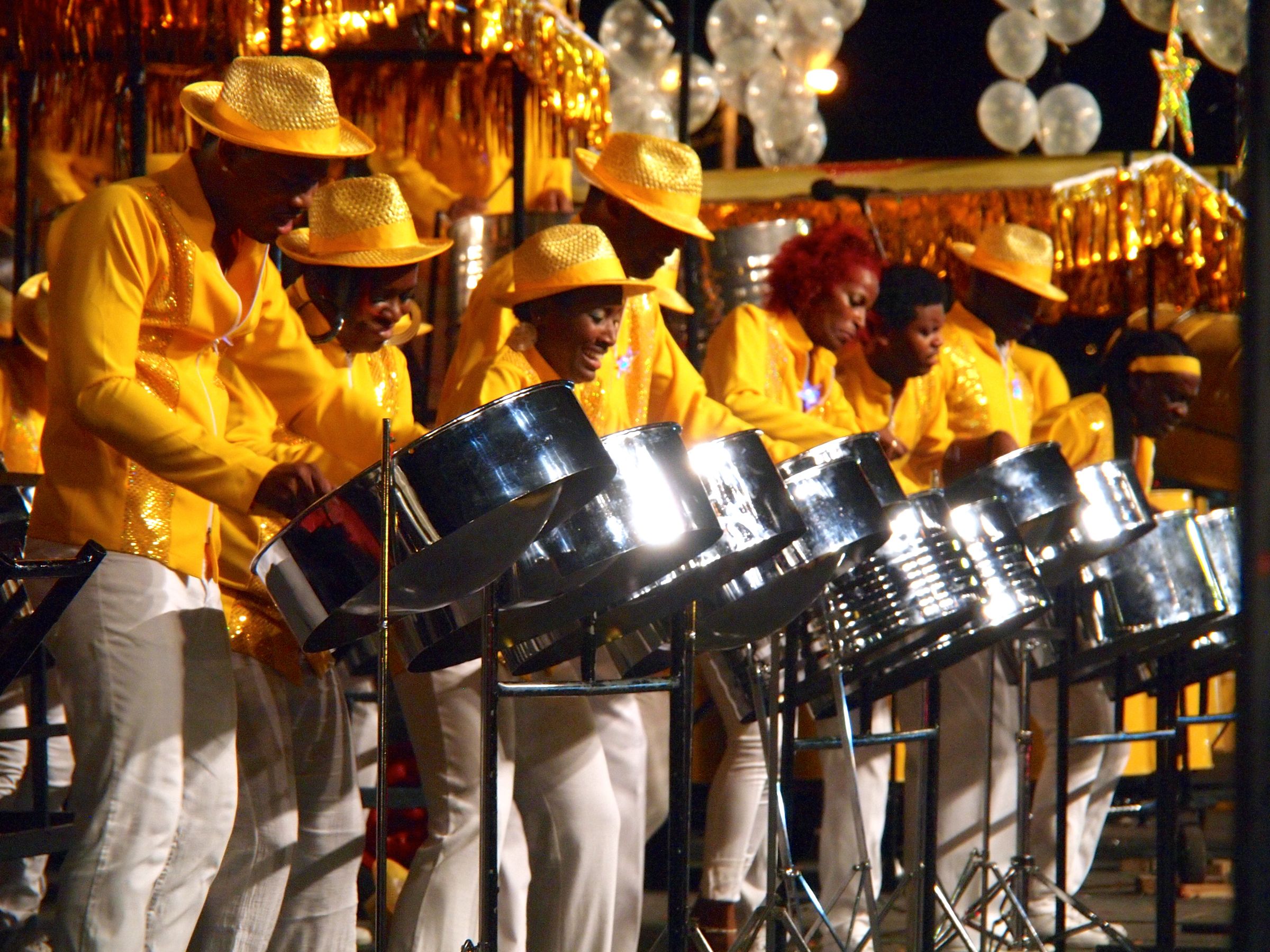
MusicTT was established in 2014 to facilitate the business development and export activity of the music industry in Trinidad and Tobago.
Ethnic Racial Composition:
* 35.4% East Indian
* 34.2% Black
* 15.3% Mulatto
* 7.7% Dougla (Indian-African mixed)
* 6.2% Tri-Racial
* 1.3% White
People:
The ethnic composition of Trinidad and Tobago reflects a history of conquest and immigration. While the earliest inhabitants were of Amerindian heritage, since the 20th Century the two dominant groups in the country were those of South Asian and of African heritage. Indo-Trinidadians make up the country's largest ethnic group. They are primarily descendants from indentured workers from India, brought to replace freed African slaves who refused to continue working on the sugar plantations. Through cultural preservation some residents of Indian descent continue to maintain traditions from their ancestral homelands.

Afro-Trinidadians make up the country's second largest ethnic group. People of African background were brought to the island as slaves as early as the 16th century. 30% of the population identified in the 2011 census as being of "mixed" ethnic heritage. There are small but significant minorities of people of European, Chinese, and Arab descent residing in Trinidad and Tobago.
Languages:
English is the official language of Trinidad & Tobago. Two local dialects of English are spoken in informal situations and they are known as Trinidadian & Tobagonian English. Trinidadian English has it's roots in British, West-Country, and Southern Irish English, with some influences from Indian and West African languages. Tobagonian English stems from Southern Irish, British, and West Country English, with some influences from French, and West African languages very similar to that of Grenadian English. They all have words and or minor influences from French, Spanish, and Amerindian languages.
A majority of the early Indian immigrants spoke Trinidadian Hindustani, which is a form of the Bhojpuri and Awadhi dialect of Hindustani (Hindi-Urdu), which later became the lingua franca of Indo-Trinidadian and Tobagonians. Attempts are being made to preserve the Trinidaian Hindustani language in the country, including the promotion of Indo-Trinidadian and Tobagonian musical forms called Pichakaree and Chutney, which are typically sung in a mixture of English and Trinidadian Hindustani.
The indigenous languages were Yao on Trinidad and Karina on Tobago, both Cariban, and Shebaya on Trinidad, which was Arawakan.
Religion:
Religion in Trinidad and Tobago. Trinidad and Tobago is a multi-religious nation. The largest religious groups are the Protestant Christians (including Anglicans, Presbyterians, Methodist, Evangelicals, Pentecostals and Baptist), Roman Catholic Christians, Hindus, and Muslims.
Economy:
Trinidad and Tobago is the wealthiest country in the Caribbean as well as the third richest country by GDP (PPP) per capita in the Americas after the United States and Canada. Furthermore, it is recognised as a high income economy by the World Bank. Unlike most of the English-speaking Caribbean, the country's economy is primarily industrial, with an emphasis on petroleum and petrochemicals. The country's wealth is attributed to its large reserves and exploitation of oil and natural gas. Trinidad and Tobago has earned a reputation as an excellent investment site for international businesses and has one of the highest growth rates and per capita incomes in Latin America. Recent growth has been fueled by investments in liquefied natural gas (LNG), petrochemicals, and steel. Additional petrochemical, aluminum, and plastics projects are in various stages of planning. Trinidad and Tobago is the leading Caribbean producer of oil and gas, and its economy is heavily dependent upon these resources but it also supplies manufactured goods, notably food and beverages, as well as cement to the Caribbean region. Oil and gas account for about 40% of GDP and 80% of exports, but only 5% of employment. About 35.1% of Trinidadians and Tobagonians live in poverty.
Sports:
Cricket is one of the most popular sports of Trinidad and Tobago, with intense inter-island rivalry with its Caribbean neighbours. Trinidad and Tobago plays both One Day International and Test cricket as amember of the West Indies Cricket team. The national team plays at the first-class level in regional competitions. Trinidad and Tobago along with other islands from the Caribbean co-hosted the 2007 Cricket World Cup. Brian Lara, world record holder for the most runs scored both in a Test and in a First Class innings, is from Trinidad and Tobago and is often known as the Prince of Port of Spain and as one of the best cricketers in Trinidad and Tobago. Soccer is also played second in Trinidad & Tobago.
Videos:











Culture:
The culture of Trinidad and Tobago reflects the influence of Indian, European, Spanish (Hispanic or Latino), Jewish, Arab, and African cultures. The histories of Trinidad and Tobago are different.There are differences in the cultural influences which have shaped each island.Trinidad and Tobago is an English-speaking country with strong links to the United Kingdom.
Cuisine:
Trinidad Tobago has a various and complex cuisine. Knowing its cuisine one can have a deep insight into the country’s culture, people and its life style. Trinbagonian people are well known as being good judges of a great studgy meal. Over the time Trinidad Tobago cuisine felt many influences most of them are kept till nowadays. Spanish flavors and ingredients can still be tasted in many dishes prepared in this country such as Creole dish or Pelau dish, a genius combination of peas, rice and meat. Other influences came from the African slaves who left their mark over Trinidad Tobago cuisine by adding different types of roots and vegetables such as dasheen or Yams into their diet recipes. And finally another memorable impact over Trinidad Tobago cuisine had the East Indian peoples who brought all kind of spices and the Chinese food. So the different flavors and influences that exist in this cuisine will amaze anyone who decides to taste the complex cuisine of Trinidad Tobago.

If one has the unique chance of knowing Trinidad Tobago’s cuisine will be surprised how many things it can learn about this country’s culture, people and traditions. Nowadays, restaurant business in Trinidad Tobago is blooming becoming something more like a business card of the country and getting satisfied many tourists during their staying there. Besides big restaurants you can find all over the country local fast food chains, but international chains also. Due to a multiethnic society Trinidad Tobago’s gastronomy is in many ways unique. Starting with the influences brought on this land by the Amerindian peoples and continuing with all the immigrants that followed them, Trinidad Tobago’s cuisine changed and evolved becoming this way unique in the world and very fascinating. Besides the traditional food that you can find it every where such as Bacon, eggs or toast, there are many dishes made after special recipes and in ingenious ways. They usually have some of the finest flavors and exotic names like Buljol, which is a great dish to start your morning with. Besides that, while in a restaurant you can always ask for a Double, but you have to know that ordering this dish doesn’t mean u will get two. Another famous dish made by people from Trinidad Tobago is called Creole, a fantastic mixture of stewed peas, rice, meat that forms a perfect lunch along with some macaroni pie.

Trinidad Tobago cuisine uses elements from various cooking traditions borrowed from their neighbors and developed from their own traditional dishes. While there are no specific or unique preparation methods for Trinidad Tobago cooking, we should point out that attention to detail is important in the Trinidad Tobago cuisine. Using the right amount of spices for example is essential – either for spicing up the taste or for coloring the dish. The diversity of vegetables and cereals found in Trinidad Tobago is also noticed in the delicious dishes belonging to their cuisine. The visual attractiveness of the dish is also important, and a balance between colors and proportion differentiates. Each traditional dish has a special cooking method, which is more or less general in all of Trinidad Tobago’s regions. Meat is one of the main elements of most Trinidad Tobago dishes and cured and smoked hams are often parts of delicious dishes.

Some of the most used tools in the Trinidad Tobago kitchen are cake pans, can openers, colanders, egg rings, poachers and holders, food dishers & portioners, food pans & food containers. Besides that chef’s all over the country prepare great meals using all kind of different tools such as food scales, food scoops and fryer baskets & accessories. This way, Trinidad Tobago cuisine needs a diverse cooking equipment set in order to produce the most sophisticated Trinidad Tobago dishes. You should consider insulated food carriers if you are transporting the food and a full set of kitchen linens and uniforms if you wish to look like a pro. Here are a few other items that will come handy while cooking Trinidad Tobago food: juicers, kitchen knives, kitchen slicers, kitchen thermometers, measuring cups & measuring spoons, miscellaneous utensils, mixing bowls and skimmers & strainers. Essential utensils like serving spoons, spatulas, forks, turners, scrapers and tongs should also be part of your cooking "arsenal".

Trinidad Tobago is a country where people of many ethnic origins live in peace and harmony. Often, while walking on the street, you may find a Hindu temple next to a Moslem Mosque or a Christian church. Due to the great variety of religions this country has many festivals where food is staple for celebration. One will always find during any festival a great variety of dishes resulted by mixing flavors from Latin America, or with East Indian, Arabic, Italian, Asian or French background. Sometimes food exhibitions are taken place during these festivals. Still some of the most common dishes served during any festival are: Green asparagus Bavarios with Smoked Salmon, Spicy tamarind with cucumber served with guava Chicken or the juicy Gujurati Chicken Tandoori garnished with yogurt sauce and served on Naan Bread.
Music:
The music of Trinidad and Tobago is best known for its calypso music, soca music and steelpan, including its internationally noted performances in the 1950s from native artists such as Lord Kitchener and Mighty Sparrow. The art form was most popularised at that time by Harry Belafonte. Along with folk songs and African- and Indian-based classical forms, cross-cultural interactions have produced other indigenous forms of music including soca, rapso, parang, chutney, and other derivative and fusion styles. There are also local communities which practise and experiment with international classical and pop music, often fusing them with local steelpan instruments.

MusicTT was established in 2014 to facilitate the business development and export activity of the music industry in Trinidad and Tobago.
Ethnic Racial Composition:
* 35.4% East Indian
* 34.2% Black
* 15.3% Mulatto
* 7.7% Dougla (Indian-African mixed)
* 6.2% Tri-Racial
* 1.3% White
People:
The ethnic composition of Trinidad and Tobago reflects a history of conquest and immigration. While the earliest inhabitants were of Amerindian heritage, since the 20th Century the two dominant groups in the country were those of South Asian and of African heritage. Indo-Trinidadians make up the country's largest ethnic group. They are primarily descendants from indentured workers from India, brought to replace freed African slaves who refused to continue working on the sugar plantations. Through cultural preservation some residents of Indian descent continue to maintain traditions from their ancestral homelands.

Afro-Trinidadians make up the country's second largest ethnic group. People of African background were brought to the island as slaves as early as the 16th century. 30% of the population identified in the 2011 census as being of "mixed" ethnic heritage. There are small but significant minorities of people of European, Chinese, and Arab descent residing in Trinidad and Tobago.
Languages:
English is the official language of Trinidad & Tobago. Two local dialects of English are spoken in informal situations and they are known as Trinidadian & Tobagonian English. Trinidadian English has it's roots in British, West-Country, and Southern Irish English, with some influences from Indian and West African languages. Tobagonian English stems from Southern Irish, British, and West Country English, with some influences from French, and West African languages very similar to that of Grenadian English. They all have words and or minor influences from French, Spanish, and Amerindian languages.
A majority of the early Indian immigrants spoke Trinidadian Hindustani, which is a form of the Bhojpuri and Awadhi dialect of Hindustani (Hindi-Urdu), which later became the lingua franca of Indo-Trinidadian and Tobagonians. Attempts are being made to preserve the Trinidaian Hindustani language in the country, including the promotion of Indo-Trinidadian and Tobagonian musical forms called Pichakaree and Chutney, which are typically sung in a mixture of English and Trinidadian Hindustani.
The indigenous languages were Yao on Trinidad and Karina on Tobago, both Cariban, and Shebaya on Trinidad, which was Arawakan.
Religion:
Religion in Trinidad and Tobago. Trinidad and Tobago is a multi-religious nation. The largest religious groups are the Protestant Christians (including Anglicans, Presbyterians, Methodist, Evangelicals, Pentecostals and Baptist), Roman Catholic Christians, Hindus, and Muslims.
Economy:
Trinidad and Tobago is the wealthiest country in the Caribbean as well as the third richest country by GDP (PPP) per capita in the Americas after the United States and Canada. Furthermore, it is recognised as a high income economy by the World Bank. Unlike most of the English-speaking Caribbean, the country's economy is primarily industrial, with an emphasis on petroleum and petrochemicals. The country's wealth is attributed to its large reserves and exploitation of oil and natural gas. Trinidad and Tobago has earned a reputation as an excellent investment site for international businesses and has one of the highest growth rates and per capita incomes in Latin America. Recent growth has been fueled by investments in liquefied natural gas (LNG), petrochemicals, and steel. Additional petrochemical, aluminum, and plastics projects are in various stages of planning. Trinidad and Tobago is the leading Caribbean producer of oil and gas, and its economy is heavily dependent upon these resources but it also supplies manufactured goods, notably food and beverages, as well as cement to the Caribbean region. Oil and gas account for about 40% of GDP and 80% of exports, but only 5% of employment. About 35.1% of Trinidadians and Tobagonians live in poverty.
Sports:
Cricket is one of the most popular sports of Trinidad and Tobago, with intense inter-island rivalry with its Caribbean neighbours. Trinidad and Tobago plays both One Day International and Test cricket as amember of the West Indies Cricket team. The national team plays at the first-class level in regional competitions. Trinidad and Tobago along with other islands from the Caribbean co-hosted the 2007 Cricket World Cup. Brian Lara, world record holder for the most runs scored both in a Test and in a First Class innings, is from Trinidad and Tobago and is often known as the Prince of Port of Spain and as one of the best cricketers in Trinidad and Tobago. Soccer is also played second in Trinidad & Tobago.
Videos:









































